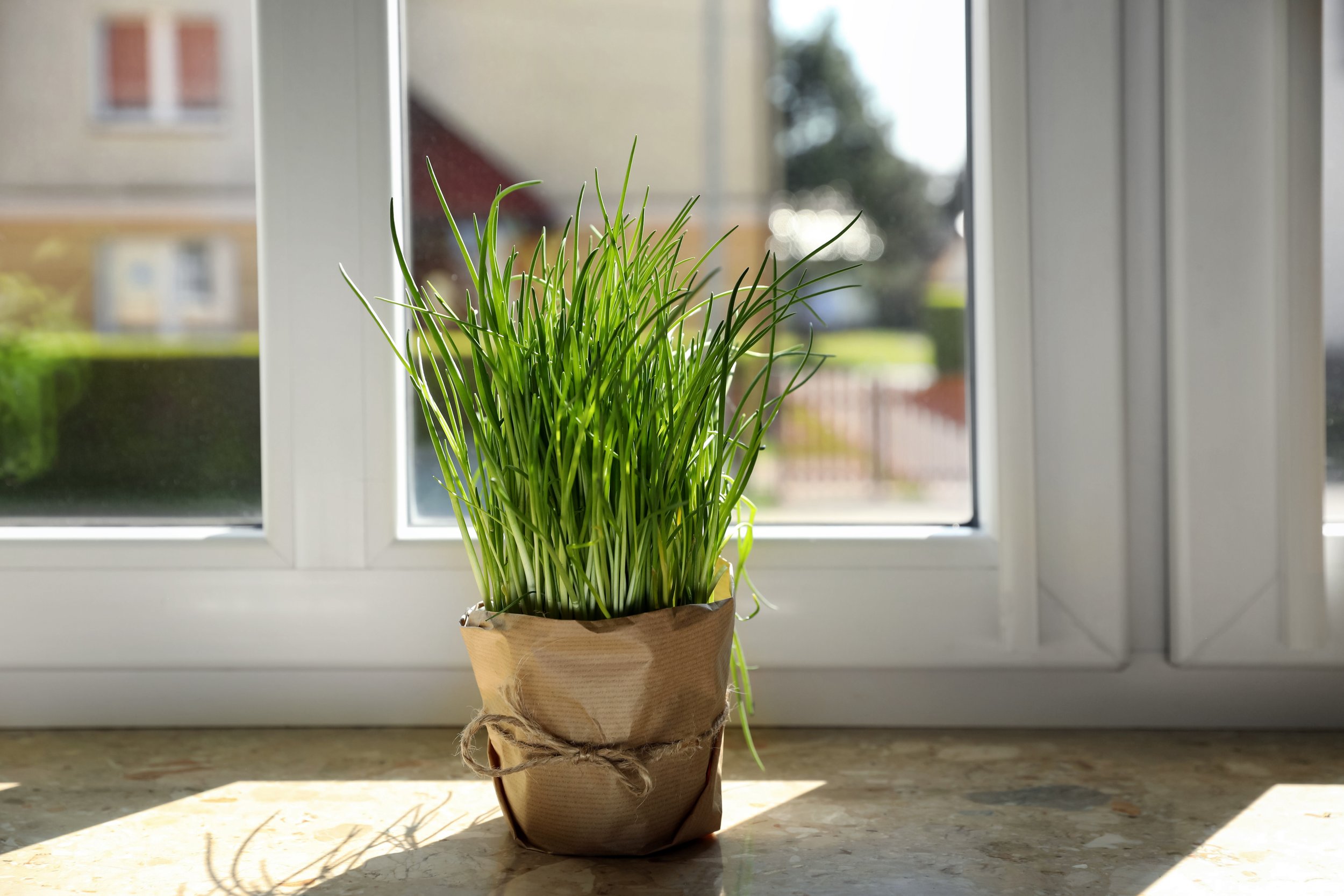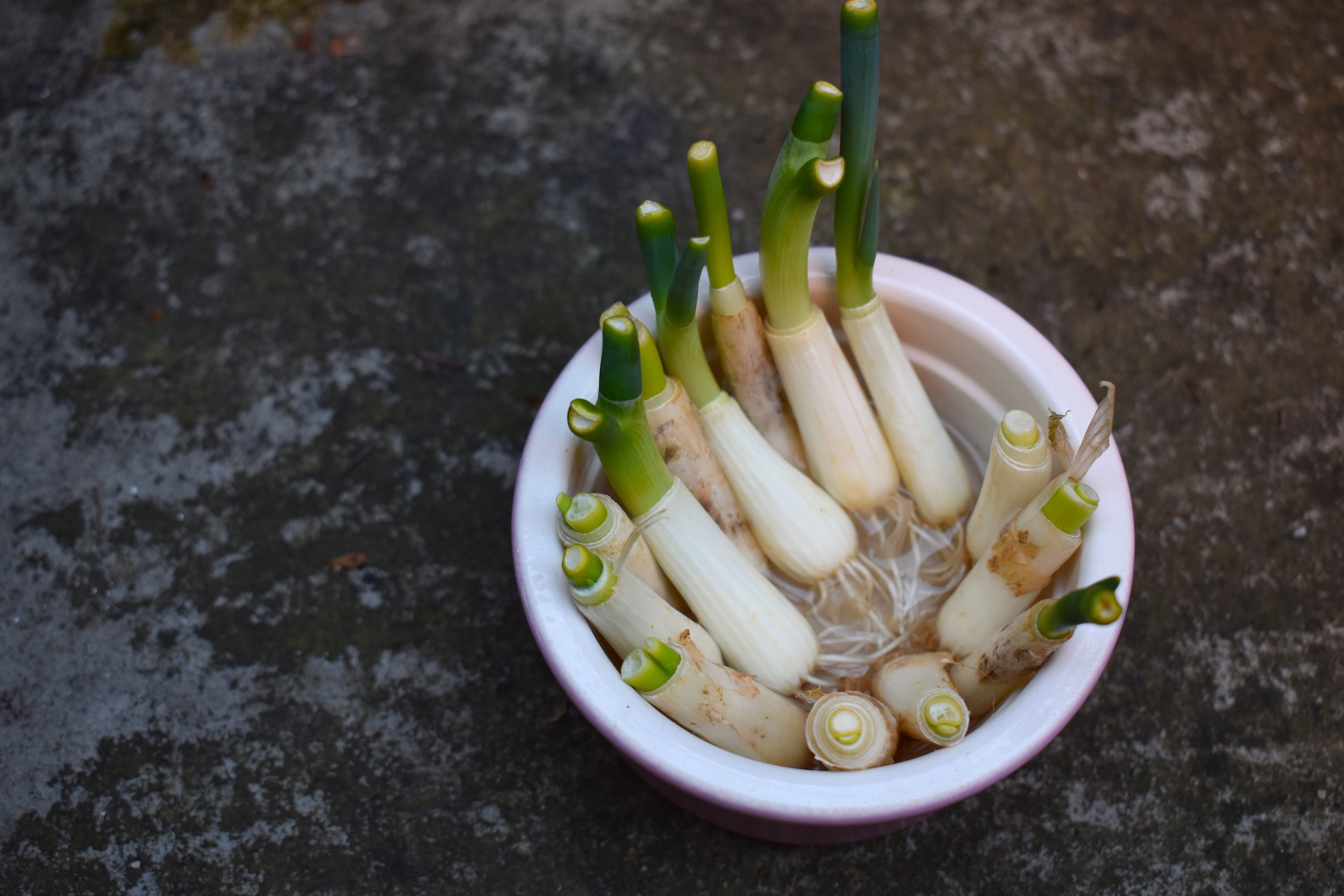Bunching Green Onion: The Beginner Gardener’s Flavorful Secret for Indoors and Outdoors
Whether you’re an apartment dweller dreaming of fresh veggies on your windowsill, or you’ve got an outdoor garden plot waiting to be filled with life, bunching onions are here to brighten your meals and simplify your growing experience.
In this post, we’ll walk you through everything you need to know to grow these vibrant, mild-onion-flavored plants indoors and outdoors. You’ll also get some recipe ideas to put your harvest to good use. By the end, you’ll feel ready to sprinkle bunching onion goodness over all your favorite dishes.
Why Grow Bunching Onions?
Bunching onions are the low-maintenance heroes of the edible garden! They not only add flavor to your food but also grow quickly and thrive in small spaces. Their perennial nature in mild climates means they’ll keep coming back with just a bit of care. Beginners find them almost foolproof, while experienced gardeners appreciate their reliability and the peace of mind they bring.
Fun fact: Bunching onions can also deter pests with their mild onion aroma! They’re excellent companions in your garden or on your windowsill.
Tips for Beginners
Start small: Bunching onions don’t need much space! Begin with a small pot indoors or a corner of your garden bed.
Sunshine is vital: They love light! Whether planting indoors or outdoors, make sure they get plenty of sunshine.
Good drainage: Bunching onions dislike soggy roots. Use well-draining soil, especially in pots.
Harvest often: Snip regularly—even if you’re not using them all yet! Frequent trimming encourages new growth.
Grow From Leftovers: Save the bottom 2”-3” of your store-bought organic green onions (if you’re using bunching onions from the grocery store, they’ll work the same). Place them in a narrow jar with water to sprout and grow new stems. You can also add your leftover bottoms to a pot with nutrient-rich soil.
Varieties of Bunching Onions
There’s a surprising range of bunching onion varieties to explore, each with unique flavors, sizes, and appearances. Here are a few popular options to consider for your indoor or outdoor garden:
Ishikura
Originating from Japan, Ishikura is a traditional long, slender bunching onion with a mild, slightly sweet flavor. Known for its tall, sturdy stems, Ishikura can grow up to 2 feet tall and is perfect for those who want a productive plant with consistent growth.White Lisbon
A popular and reliable variety, White Lisbon is loved for its mild, classic onion flavor and vibrant green tops. These onions are quick to mature (ready in about 8 weeks) and do well in both gardens and containers, making them a favorite among beginner gardeners.Evergreen Hardy White
Known for its resilience, Evergreen Hardy White is a cold-hardy variety that can overwinter in many climates. This variety produces thick, white stems with deep green tops and has a more robust onion flavor. If you live in a region with cooler seasons, this might be the bunching onion for you!He Shi Ko
Another Japanese heirloom variety, He Shi Ko is known for its sweet and delicate flavor, with thinner stems than Ishikura. This bunching onion is popular for fresh use in salads, stir-fries, and garnishes. It’s also a perennial, so it will keep producing year after year with proper care.Red Beard
For a colorful twist, try Red Beard bunching onions! These stunning onions have reddish-purple stalks and a mild, slightly spicy flavor. Red Beard onions add a vibrant pop of color to your garden and look beautiful when chopped into salads or used as a garnish.
Choosing the Right Variety for You
When selecting a variety, consider your space, climate, and taste preferences. If you’re growing indoors, compact varieties like White Lisbon might be ideal, while those with more outdoor space might enjoy the height and productivity of Ishikura or He Shi Ko. Each variety brings its own charm and can add a new layer of flavor to your cooking.
Planting Indoors
When to Start: Bunching onions can be grown indoors year-round! They’re happy in a sunny windowsill or under grow lights, so there’s no need to wait for a specific season.
What You Will Need:
Seeds or transplants
Pot with good drainage and a saucer (You can use any container to plant your onions. Get as creative as you want.)
Potting mix
Watering can or cup
Fertilizer (As the onions grow, they use nutrients that must be replaced.)
A sunny window or grow lights
Directions:
Choose a pot with drainage holes (6-8 inches deep).
Fill it with a well-draining, nutrient-rich potting mix.
Plant seeds about ¼ inch deep and 2”-3” (5-7.5 cm) apart or transplant young bunching onion seedlings 2”-3” (5-7.5 cm) apart.
Place in a sunny window or place under grow lights.
Water lightly but consistently to keep the soil moist but not soggy.
Tip: Try bottom watering to give your onions the hydration they need directly at the roots. Simply place your pot in a deep saucer or drip tray, then add water to the tray and let the soil soak it up from below. Bottom watering not only keeps your onions well-watered but also helps prevent pesky gnats since the top layer of soil stays relatively dry while the roots stay moist where it counts.
Care:
Place your pot in a sunny spot, preferably near a south-facing window.
Bunching onions need about 6-8 hours of sunlight daily. Consider a grow light if natural light is limited.
Water when the top inch of soil feels dry.
Harvesting
Start harvesting once the bunching onions reach about 6 inches tall (usually 4-5 weeks from planting). Snip the leaves close to the base, but leave a couple of inches so the plant can regrow. Regular trimming helps them stay thick and productive!
Planting Outdoors
When to Start: Bunching onions are cold-hardy, so you can plant them outside in early spring as soon as the soil is workable. Fall and even winter planting is an option in milder climates!
Directions:
Choose a sunny location with well-draining soil.
Plant seeds ¼ inch deep or transplant seedlings, spacing them 4-6 inches apart. Closer planting is fine if you’re after smaller plants.
Water them in gently.
Care:
Water regularly, keeping the soil moist but not soaked.
Bunching onions are resilient outdoors but watch for weeds that could compete for nutrients.
In colder regions, mulch over them for protection or let them overwinter to return in spring.
Harvesting
You can start harvesting once your outdoor bunching onions are about 6 inches tall. Like with indoor bunching onions, snip around 1 inch above the base to enjoy fresh regrowth. Harvest in the morning when they’re most flavorful.
Strategic photo spot: A shot of a thriving bunching onion patch in a raised garden bed, showcasing their lush, green color.
Bunching Onion Recipes
Now that you’ve got a bounty of bunching onions let’s get cooking! Here are a couple of simple, tasty ways to use them:
Bunching Onion Butter: Mix ghee with freshly chopped bunching onions, a pinch of salt, and a squeeze of lemon juice. Spread it on bread or melt it over veggies for a burst of flavor.
Scrambled Eggs with Bunching Onions: Whisk eggs with a bit of milk, salt, and pepper. Cook over medium heat, stirring in a handful of chopped bunching onions just before the eggs finish cooking. So simple, so delicious!
Bunching Onion and Sour Cream Dip: Combine sour cream, chopped bunching onions, a dash of garlic powder, and salt. This quick dip is perfect for veggies, chips, or baked potatoes.
Final Thoughts
Bunching onions are the perfect starter plant for anyone diving into gardening, whether on a sunny windowsill or in an outdoor garden bed. Their versatility, hardiness, and mild flavor make them a must-have in every gardener’s collection. So, why not give it a try? Grab some seeds, a pot, or a patch of soil, and start growing your bunching onions today!
With Love and Gratitude,
Janet & Jennifer
Some products mentioned in our blogs have affiliate links, meaning we get paid a small amount when you make a purchase through our link. We only recommend products we have personally tried and found useful.







